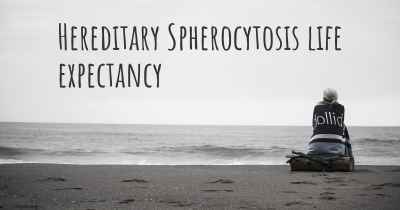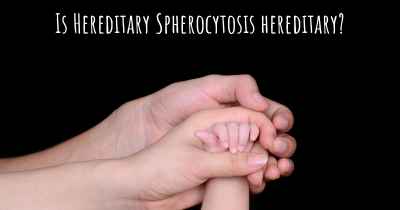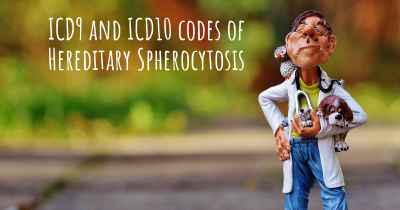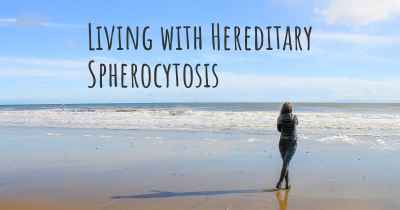What is the history of Hereditary Spherocytosis?
When was Hereditary Spherocytosis discovered? What is the story of this discovery? Was it coincidence or not?

Hereditary Spherocytosis (HS) is a genetic disorder characterized by abnormal red blood cells (RBCs) that are spherical in shape instead of the normal biconcave disc shape. These abnormal RBCs are more prone to premature destruction, leading to a condition known as hemolytic anemia. HS is one of the most common inherited hemolytic anemias, affecting approximately 1 in 2,000 individuals of Northern European descent.
The history of Hereditary Spherocytosis dates back to the early 20th century. In 1904, a physician named George H. Whipple first described the condition as "congenital hemolytic jaundice" in a patient. He observed that the patient had anemia, jaundice, and enlarged spleen, which are common symptoms of HS. However, it wasn't until 1910 that a French physician named Georges Hayem recognized the characteristic spherical shape of the RBCs in HS patients, coining the term "spherocytosis."
Over the years, researchers made significant progress in understanding the genetic basis of HS. In the 1950s, it was discovered that HS is an autosomal dominant disorder, meaning that a single copy of the mutated gene is sufficient to cause the condition. The first gene associated with HS, ANK1 (Ankyrin-1), was identified in 1993. Mutations in the ANK1 gene disrupt the structural integrity of RBCs, leading to their abnormal shape and increased susceptibility to destruction.
Advancements in molecular genetics and DNA sequencing techniques have further deepened our understanding of HS. Several other genes involved in HS have been identified, including SPTB (Spectrin Beta), SPTA1 (Spectrin Alpha), EPB42 (Erythrocyte Membrane Protein Band 4.2), and others. These genes encode proteins that play crucial roles in maintaining the shape and stability of RBCs.
Today, genetic testing is available to diagnose HS and identify specific mutations in affected individuals. This has greatly improved the accuracy of diagnosis and allowed for genetic counseling and prenatal testing for families at risk of having a child with HS.
Although the exact origin of HS is still unknown, it is believed to have originated in Northern Europe. The high prevalence of HS in individuals of Northern European descent suggests a founder effect, where a common ancestor with the disease introduced the mutation into the population. The condition has also been reported in other populations worldwide, albeit at lower frequencies.
Research into the pathophysiology of HS has revealed important insights into the normal functioning of RBCs. The abnormal shape of RBCs in HS leads to increased membrane fragility and decreased deformability, making them more susceptible to destruction by the spleen. Understanding the underlying mechanisms of HS has paved the way for potential therapeutic interventions, such as splenectomy (surgical removal of the spleen) and future gene therapies.
In conclusion, Hereditary Spherocytosis is a genetic disorder characterized by abnormal spherical-shaped red blood cells, leading to hemolytic anemia. The history of HS dates back to the early 20th century when the characteristic spherocytic RBCs were first observed. Advances in genetics have identified several genes associated with HS, improving diagnosis and genetic counseling. The prevalence of HS is highest in individuals of Northern European descent, suggesting a founder effect. Ongoing research continues to deepen our understanding of HS and may lead to novel therapeutic approaches in the future.








